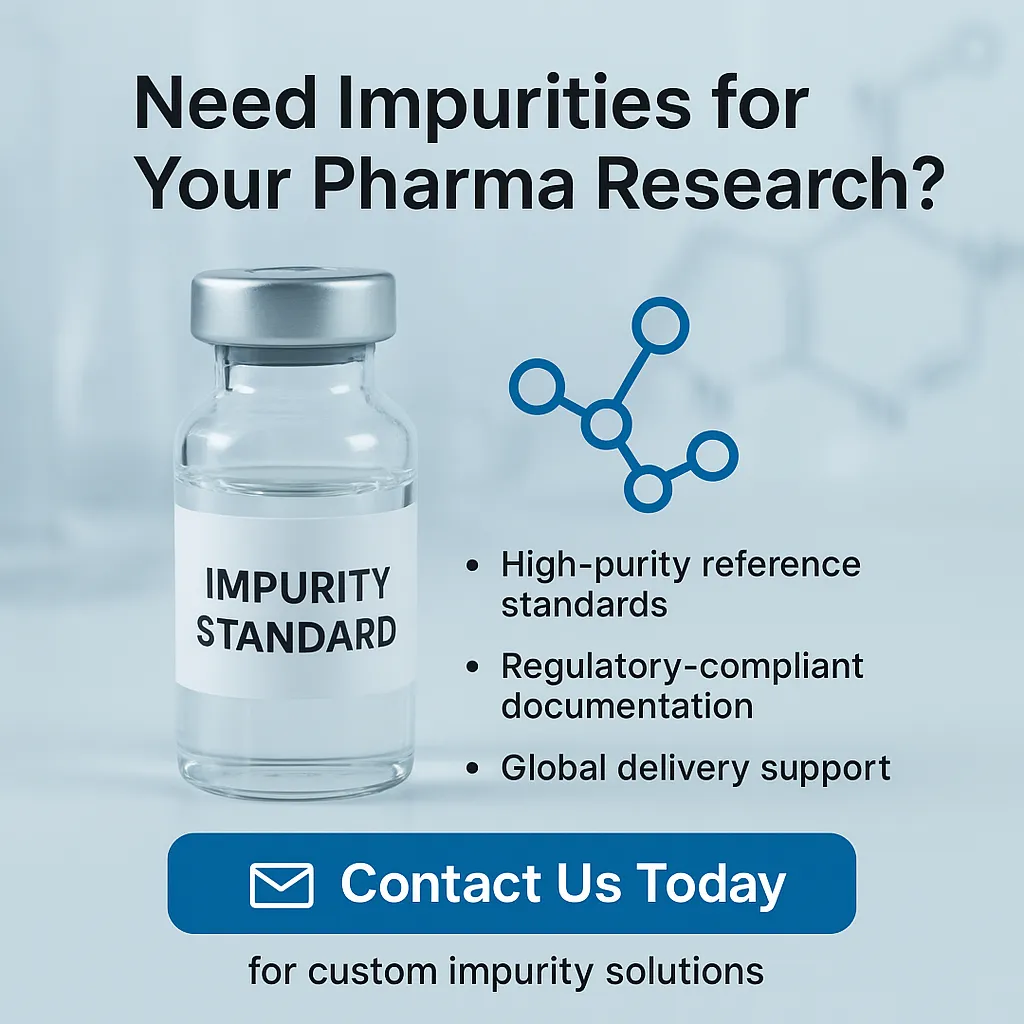The Importance of API Impurity Profiling in Drug Development
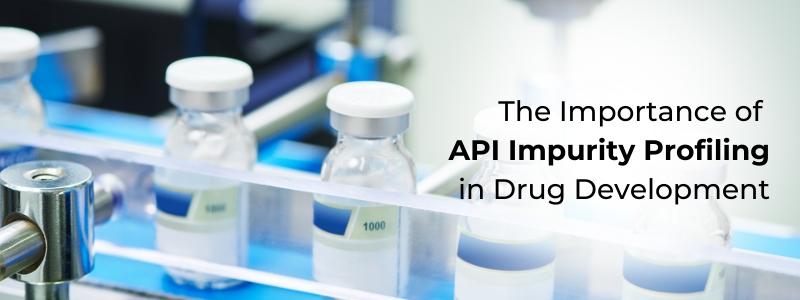
In pharmaceutical development, API impurity profiling is an indispensable step. This process involves identifying and quantifying impurities that may arise from raw materials, synthetic pathways, or storage conditions during manufacturing. Regulatory agencies such as the FDA, EMA, and ICH (International Council for Harmonisation) mandate impurity profiling to ensure patient safety, drug efficacy, and product quality. , we ensure that pharmaceutical companies can meet stringent quality control requirements.
What is API Impurity Profiling?
API impurity profiling is a comprehensive analytical procedure that identifies, quantifies, and characterizes impurities in Active Pharmaceutical Ingredients (APIs) to assess their potential impact on drug safety and stability. This process is crucial in ensuring that APIs comply with ICH guidelines, particularly Q3A (R2) for drug substances and Q3B (R2) for drug products.
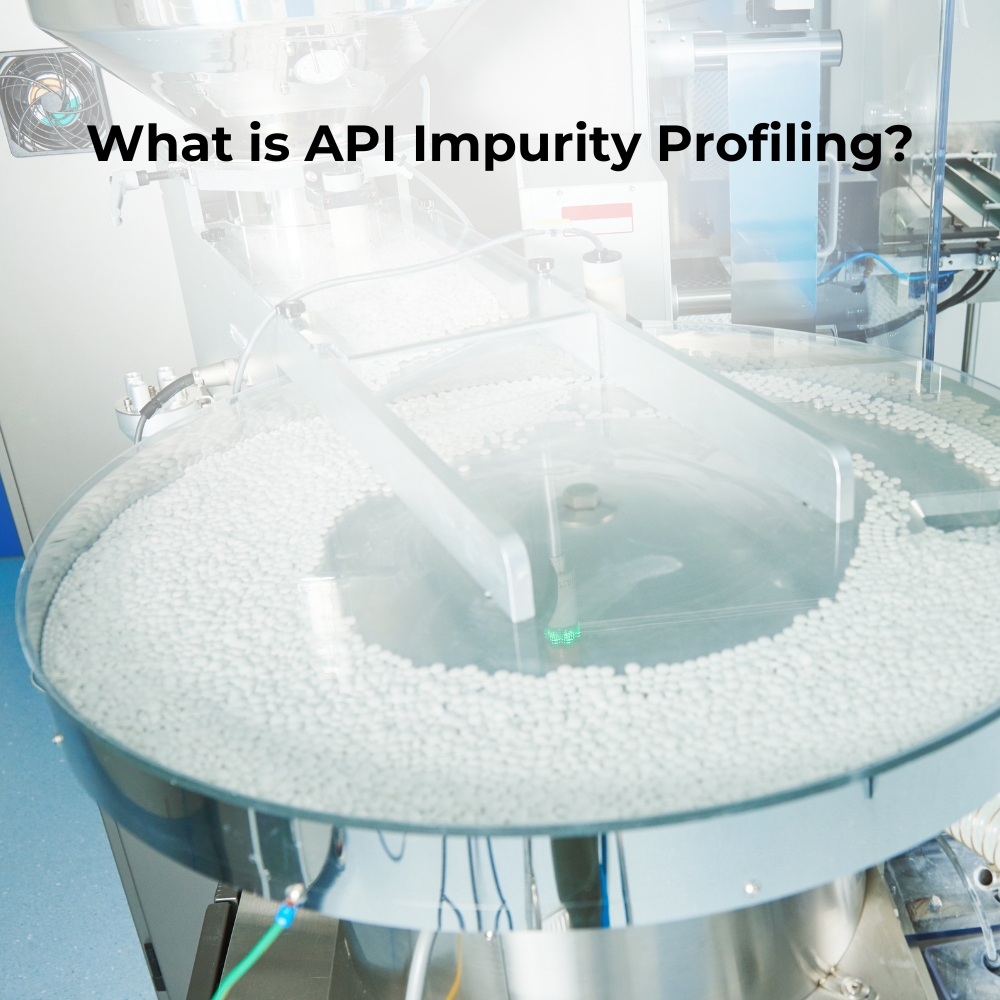


Why is API Impurity Profiling Critical in Drug Development?
Impurities in APIs can influence a drug’s pharmacokinetics, pharmacodynamics, and therapeutic efficacy. Detecting and controlling impurities at early development stages is essential for:
- Patient Safety: Toxicological risks can arise from even trace levels of genotoxic impurities (GTIs). ICH M7 classifies such impurities and provides threshold limits (e.g., ≤1.5 µg/day for mutagenic impurities).
- Efficacy: Impurities can alter bioavailability and stability, leading to suboptimal therapeutic outcomes.
- Regulatory Compliance: Regulatory authorities require impurity limits as per ICH Q3A/Q3B:
- Identified impurities: Reporting threshold: 0.05%, Identification threshold: 0.10%, Qualification threshold: 0.15% (for APIs with max daily doses ≤2g/day).
- Unidentified impurities: Not exceeding total impurity limits per pharmacopeial standards (USP, EP, JP).
- Cost Efficiency: Early impurity detection prevents costly reformulation, delays in clinical trials, and potential regulatory rejections.
Techniques Used in API Impurity Profiling
Pharmaceutical companies employ advanced analytical methodologies for impurity detection and quantification, including:
- High-Performance Liquid Chromatography (HPLC): For separating and quantifying organic impurities.
- Gas Chromatography (GC): Used for residual solvent analysis per ICH Q3C.
- Mass Spectrometry (MS, LC-MS, GC-MS): Provides structural elucidation and trace-level impurity detection.
- Inductively Coupled Plasma Mass Spectrometry (ICP-MS): Detects elemental impurities per ICH Q3D guidelines.
- Nuclear Magnetic Resonance (NMR): Used to identify complex unknown impurities.
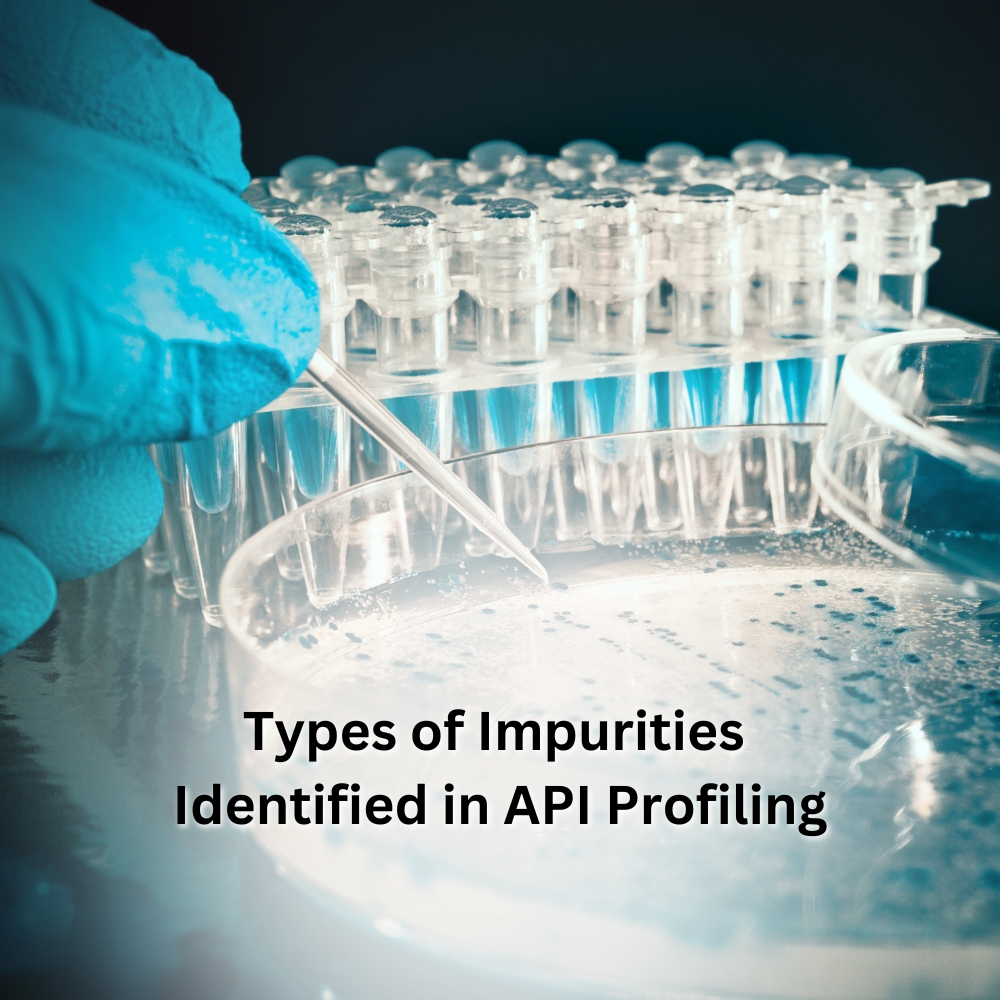
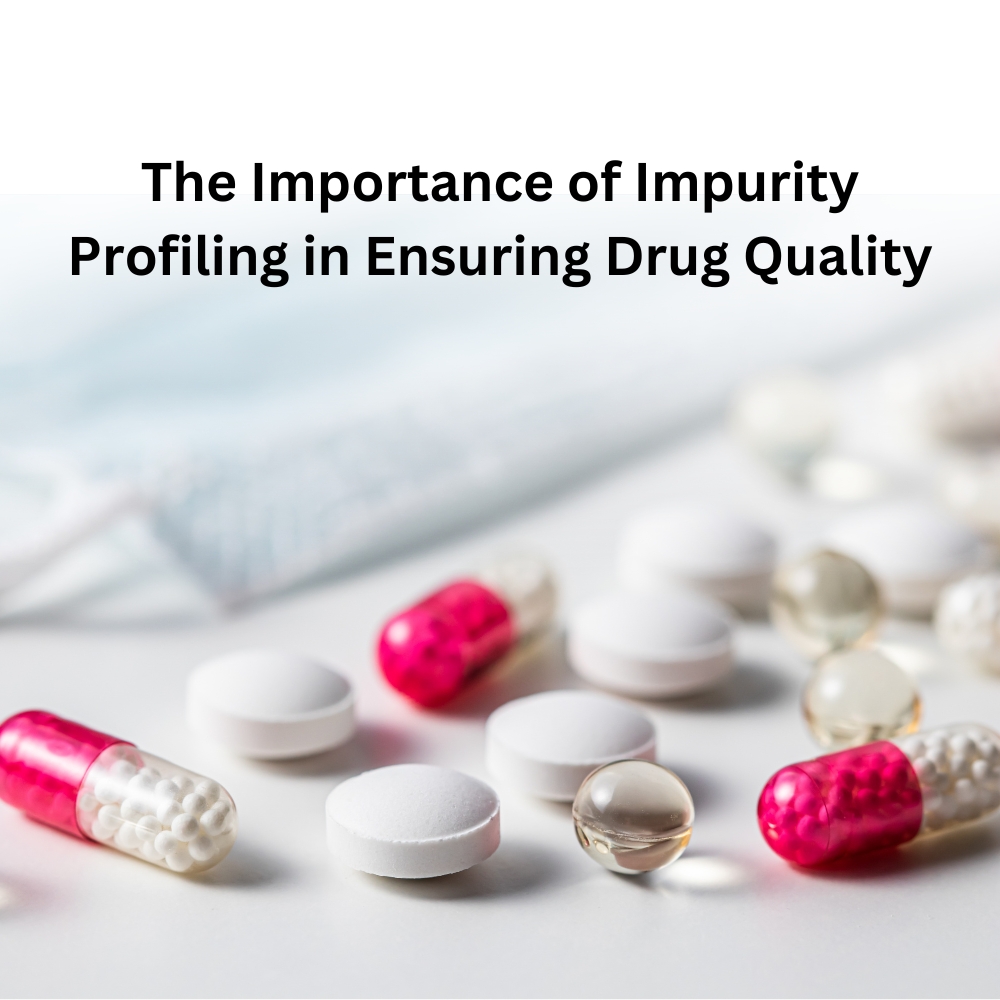
Types of Impurities Identified in API Profiling
- Residual Solvents: Organic solvents used in synthesis must be controlled per ICH Q3C limits (e.g., Class 1 solvents like benzene ≤2 ppm).
- Degradation Products: Formed due to oxidation, hydrolysis, or photodegradation. Stability studies (ICH Q1A) help determine acceptable levels.
- By-products: Unintended reaction products that need characterization and control.
- Elemental Impurities: Heavy metals like arsenic, lead, and cadmium are regulated under ICH Q3D with limits ranging from 0.1–10 µg/day based on toxicity.
The Importance of Impurity Profiling in Ensuring Drug Quality
API impurity profiling ensures that pharmaceutical products meet pharmacopeial standards (USP, EP, JP) and comply with global regulatory expectations. Establishing impurity control strategies and setting appropriate specifications help maintain product quality throughout its lifecycle.
Conclusion:
Impurity profiling of process-related substances is essential in pharmaceutical development to ensure compliance with regulations, patient safety, and product efficacy. Robust analytical techniques supported by well-established impurity limits in the regulatory region ensure the reduction of risks and optimization of drug product formulations for global markets- should pharmaceutical developers choose otherwise.
If you work in pharmaceutical development, paying close attention to impurity profiling will only improve the quality and safety of the formulated API and, hence, its commercial rewards.





